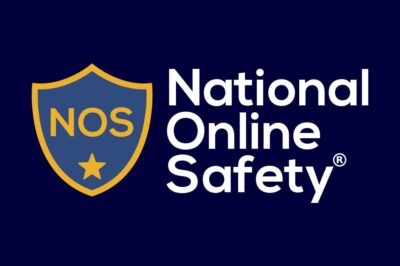
Please find the National Online Safety guide for Ten Top Tips for Stronger Passwords below.
Download: Ten Top Tips for Stronger Passwords [PDF]
Thank you.
More Information
According to a Google survey, more than half of us (52%, to be exact) routinely re-use the same passwords, with around one in ten employing a single password across all of their online accounts. What that means, of course, is that any hacker successfully cracking our password would find themselves with access to not simply one of our online accounts, but several (at least).
That, along with the fact that many people’s favoured passwords aren’t exactly impenetrable, makes it easier to see why some sources put the number of online accounts being broken into at around 100 per second. Yes, you read that right: 100 per second. To help give you some extra peace of mind about your digital data, our #WakeUpWednesday guide has some tips on setting more secure passwords.
In the guide you’ll find a number of top tips on setting stronger passwords such as how to get creative, what to avoid, and the value of multi-factor authentication.
